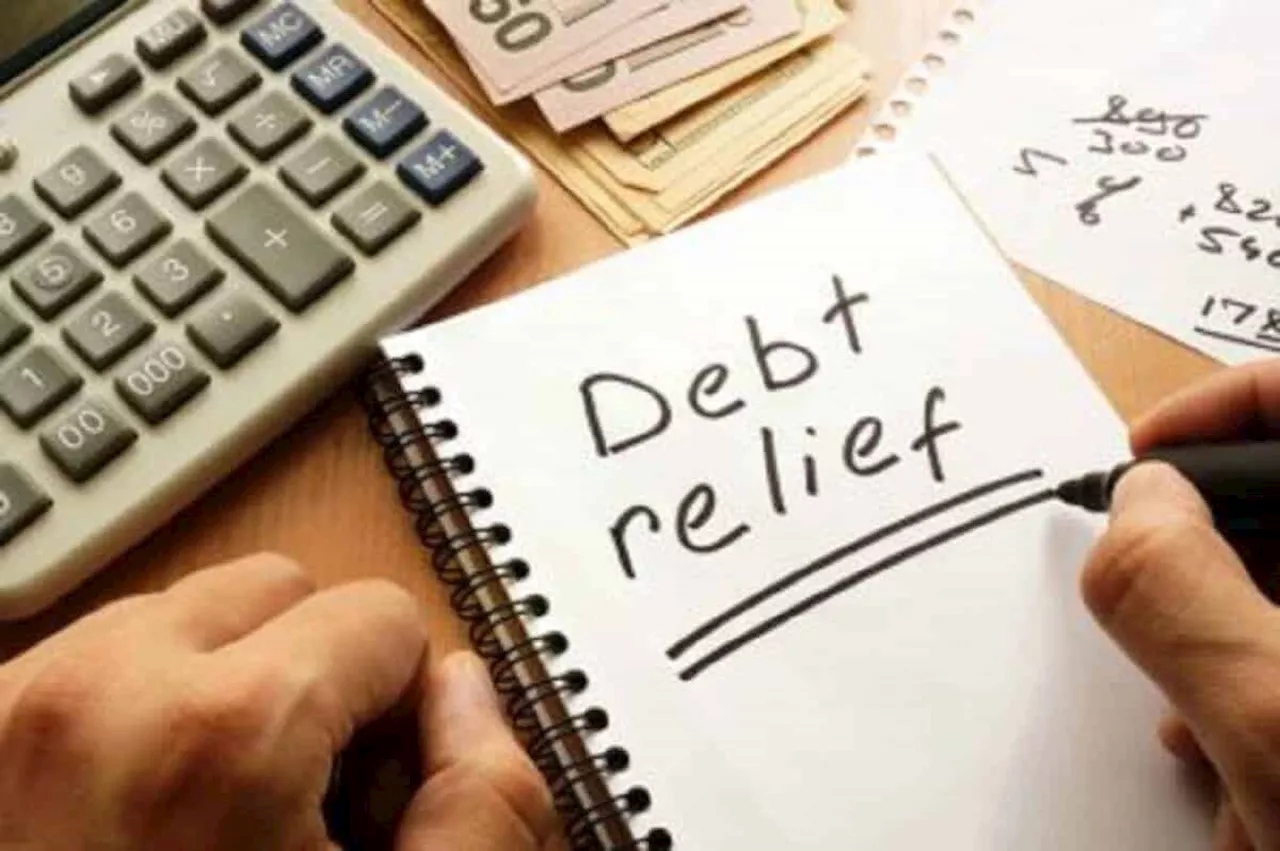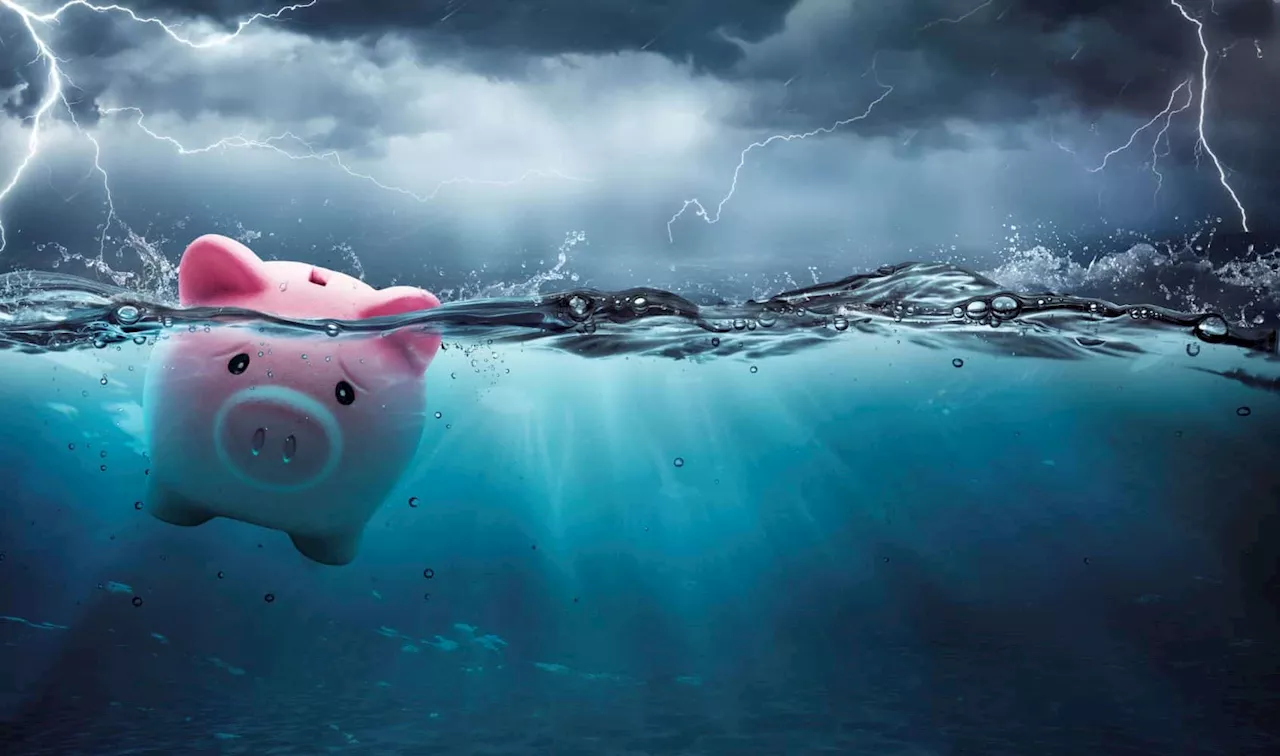Despite significant debt challenges, South Africans enter 2025 with renewed consumer confidence and financial stability. Recent trends highlight a shift towards improved payment profiles, increased demand for debt management services, and a more positive outlook for the future. However, concerns remain regarding high interest rates, energy costs, and the ongoing impact of inflation.
South Africans face significant debt challenges as they enter 2025, but recent trends indicate a shift towards renewed consumer confidence and financial stability. Last year was a turbulent one for South Africans, with growing concern about debt levels. According to the latest statistics from the National Credit Regulator, as of September 2024, there were 28.2 million credit active consumers with a total of 96 million accounts. A concerning third of these consumers had impaired credit records.
BrandMapp's 12th annual study of the taxpayer base highlighted that individuals between 30 and 50 years old, often considered the 'family' years, were most likely to feel the weight of debt. A little over a third of consumers in this age group were classified as debt-stressed, with the study suggesting that debt is becoming a burden for the rising middle class rather than the wealthy.The Experian Consumer Default Index from November 2024 revealed a surge in credit applications, reaching record highs and signaling strong consumer and business interest in credit products. While lenders are responding to this demand, they are doing so cautiously. Experian's index noted that the increase in rejected applications points to a stricter evaluation of creditworthiness, likely influenced by evolving risk management practices and the current macroeconomic climate. Total consumer debt currently stands at approximately R2.3 trillion, with over half attributed to bonds, according to the regulator. Worryingly, the Prudential Authority, which oversees the banking sector, reported in February 2024 that 6% of all home loans were in arrears, significantly higher than the 4.5% observed during the COVID-19 pandemic. Experian found that while most debt types showed improved payment profiles, outstanding home loans continued to deteriorate, with arrears levels more than double what they were three years ago.Berry Everitt, CEO of the Chas Everitt International property group, stated that given the significant number of property sales, estimated at nearly a quarter, driven by the need to alleviate financial pressure, many households are still grappling with the consequences of the rapid post-COVID-19 surge in both inflation and interest rates. Everitt believes that the recent interest rate cut might not be sufficient to aid homeowners struggling to manage their mortgage installments, particularly considering the energy regulator's approval of a near 13% tariff hike for the year. This increase, combined with other cost escalations at the beginning of the year, such as higher school fees and insurance premiums, could potentially negate any relief provided by the rate reductions. Everitt also anticipates further fuel price increases this month and a possible tax hike later in February during the Finance Minister's Budget presentation. South Africans have been experiencing income growth that lags behind the rise in the cost of living, resulting in a 44% decline in purchasing power since 2016, according to Benay Sager, executive head of DebtBusters. Sager cited several contributing factors, including a 135% increase in electricity tariffs since 2016 and a 72% increase in fuel prices over the same period.Sager observed that consumers faced extreme financial strain in 2024 until mid-year, characterized by financial pressure, load shedding, high interest rates, and uncertainty surrounding the upcoming elections. However, the latter half of the year saw a shift as interest rates and inflation eased, and Eskom managed to maintain power supply. During a media briefing on Tuesday marking National Debt Awareness Month, Sager highlighted that the second half of 2024 also witnessed consumers gaining access to a portion of their retirement savings through the introduction of the Two Pot system. He stated that this resulted in a more positive outlook for 2025, with consumers demonstrating increased confidence regarding the future compared to the previous year. The DebtBusters Debt Index for the last quarter of 2024 revealed a growing desire among consumers to achieve financial stability, evidenced by a surge in demand for debt management services. Sager anticipates this trend to continue into the new year. Everitt emphasized that South Africans concerned about defaulting on a bond should act promptly, as an increase in demand for residential property could benefit them. Taking action sooner rather than later also helps protect credit scores. Banks offer assisted-sale programs that are readily accessible to borrowers, enabling those facing financial difficulties to remain in their homes while the properties are marketed and sold by reputable estate agents. Everitt assured that these sales are handled in a similar manner to any other property transaction, regardless of the seller's financial situation
SOUTH AFRICA DEBT CONSUMER CONFIDENCE FINANCE INTEREST RATES INFLATION ECONOMIC OUTLOOK
South Africa Latest News, South Africa Headlines
Similar News:You can also read news stories similar to this one that we have collected from other news sources.
 Debt Relief for Municipalities Could Improve Water Security in South AfricaThe South African government is exploring debt relief options for municipalities struggling to pay water bills. This could have a significant impact on improving water security by stabilizing cash-strapped water boards and addressing service delivery challenges. The proposal involves incentivizing municipalities to clear their debt through a good payment record, potentially leading to the complete write-off of historical debt.
Debt Relief for Municipalities Could Improve Water Security in South AfricaThe South African government is exploring debt relief options for municipalities struggling to pay water bills. This could have a significant impact on improving water security by stabilizing cash-strapped water boards and addressing service delivery challenges. The proposal involves incentivizing municipalities to clear their debt through a good payment record, potentially leading to the complete write-off of historical debt.
Read more »
IMF proposes debt ceiling strategy for South Africa to tackle unsustainable debtProjections from the National Treasury reveal that South Africa's government debt, currently standing at R5. 2 trillion, is expected to exceed R6. 05 trln, constituting 75. 5% of gross domestic product (GDP) by the 2025/26 financial year.
Read more »
 South African Consumers Face Bleak 2025 Amidst Debt and Rising CostsA new survey reveals that South African consumers are entering 2025 with limited savings and high debt levels, leading to concerns about their ability to manage rising costs. The survey highlights that 64% of respondents have no savings, while 38% plan to cut back on food purchases to cope with financial strain. Experts predict a challenging year ahead due to increasing interest rates, fuel prices, and electricity tariffs, forcing many to rely on credit to make ends meet.
South African Consumers Face Bleak 2025 Amidst Debt and Rising CostsA new survey reveals that South African consumers are entering 2025 with limited savings and high debt levels, leading to concerns about their ability to manage rising costs. The survey highlights that 64% of respondents have no savings, while 38% plan to cut back on food purchases to cope with financial strain. Experts predict a challenging year ahead due to increasing interest rates, fuel prices, and electricity tariffs, forcing many to rely on credit to make ends meet.
Read more »
Debt review: Crucial steps for South African consumers to avoid scammersThe debt review process requires careful navigation to avoid falling prey to fraudulent schemes that could exacerbate your financial woes. An expert has handy tips to keep scammers away from your hard-earned cash.
Read more »
 SARB Drops Repo Rate, Providing Relief for South African BorrowersThe South African Reserve Bank (SARB) has reduced the repo rate by 25 basis points, offering relief to homeowners and vehicle loan holders. The decision, influenced by moderating inflation, aims to stimulate economic growth and ease financial pressures.
SARB Drops Repo Rate, Providing Relief for South African BorrowersThe South African Reserve Bank (SARB) has reduced the repo rate by 25 basis points, offering relief to homeowners and vehicle loan holders. The decision, influenced by moderating inflation, aims to stimulate economic growth and ease financial pressures.
Read more »
Interest Rate Cut Offers Relief for South African ConsumersThe South African Reserve Bank's recent interest rate cut provides much-needed relief for consumers struggling with debt. Economists predict further cuts may be on the horizon, but the impact of this latest reduction is already being felt.
Read more »